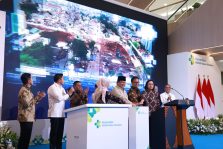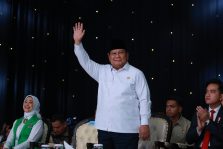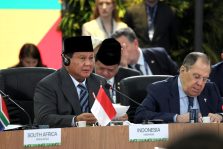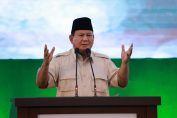By Hamdam Hamedan
As we combat climate change, we encounter an economic challenge known as ‘greenflation.’
This term describes the price hikes resulting from the shift to sustainable energy, necessitating substantial investments in eco-friendly technology and the enactment of stricter regulations.
Compounding this issue are factors like the supply and demand imbalance for metals such as copper, nickel, and lithium, crucial for producing solar panels, batteries, and other clean technologies.
This scenario is comparable to the increased demand for organic food. As consumers seek healthier and more eco-friendly options, a lag in production leads to price spikes.
The International Energy Agency predicts that the demand for minerals essential for low-carbon technologies will increase fourfold by 2040, aligning with the Paris Agreement objectives.
We must then consider the cost implications and who should bear them. For instance, Shanghai has encouraged the adoption of electric vehicles and public transportation by imposing a fee of at least IDR 156 million on non-electric vehicle license plates. Is this a model for others to follow?
In Indonesia, the cost of electricity from solar power plants (PLTS) can hit IDR 1,037 per kWh, compared to IDR 700 per kWh from coal-fired power plants (PLTU), marking a 48% increase. This raises the question: how many Indonesians can shoulder the financial burden of transitioning to cleaner energy?
The dilemma is stark: without an energy transition, our planet’s future is jeopardized. Yet, the financial strain of green policies is too heavy for many Indonesians.
A possible remedy is to not only focus on decarbonizing the supply side, like power grids, transportation, and industries, but also to reduce consumption. This would entail altering our travel, eating, and living habits.
Energy transition presents no simple or cost-free options, and it invariably demands a shift in behaviors.
The challenge extends beyond technology to include finding socio-economic solutions that are inclusive, balancing environmental protection with economic viability.
Thus, it’s imperative for future leaders to navigate these complexities, recognizing that safeguarding the environment and ensuring human welfare are equally critical.











